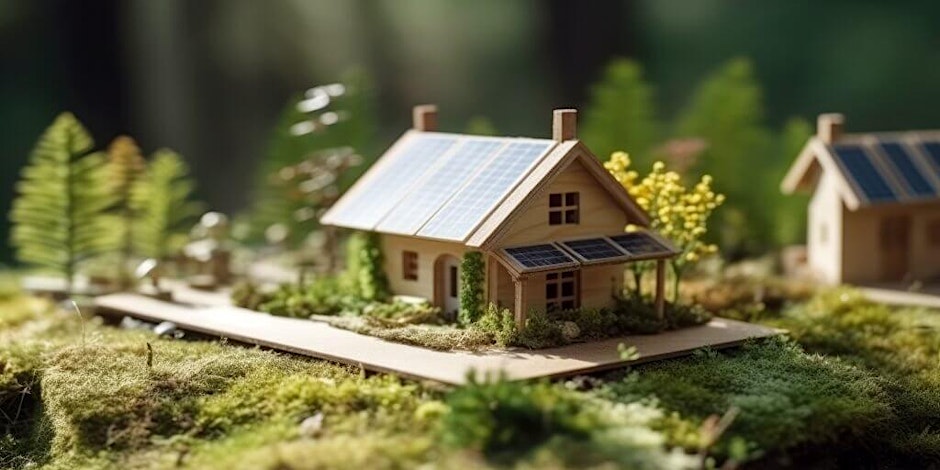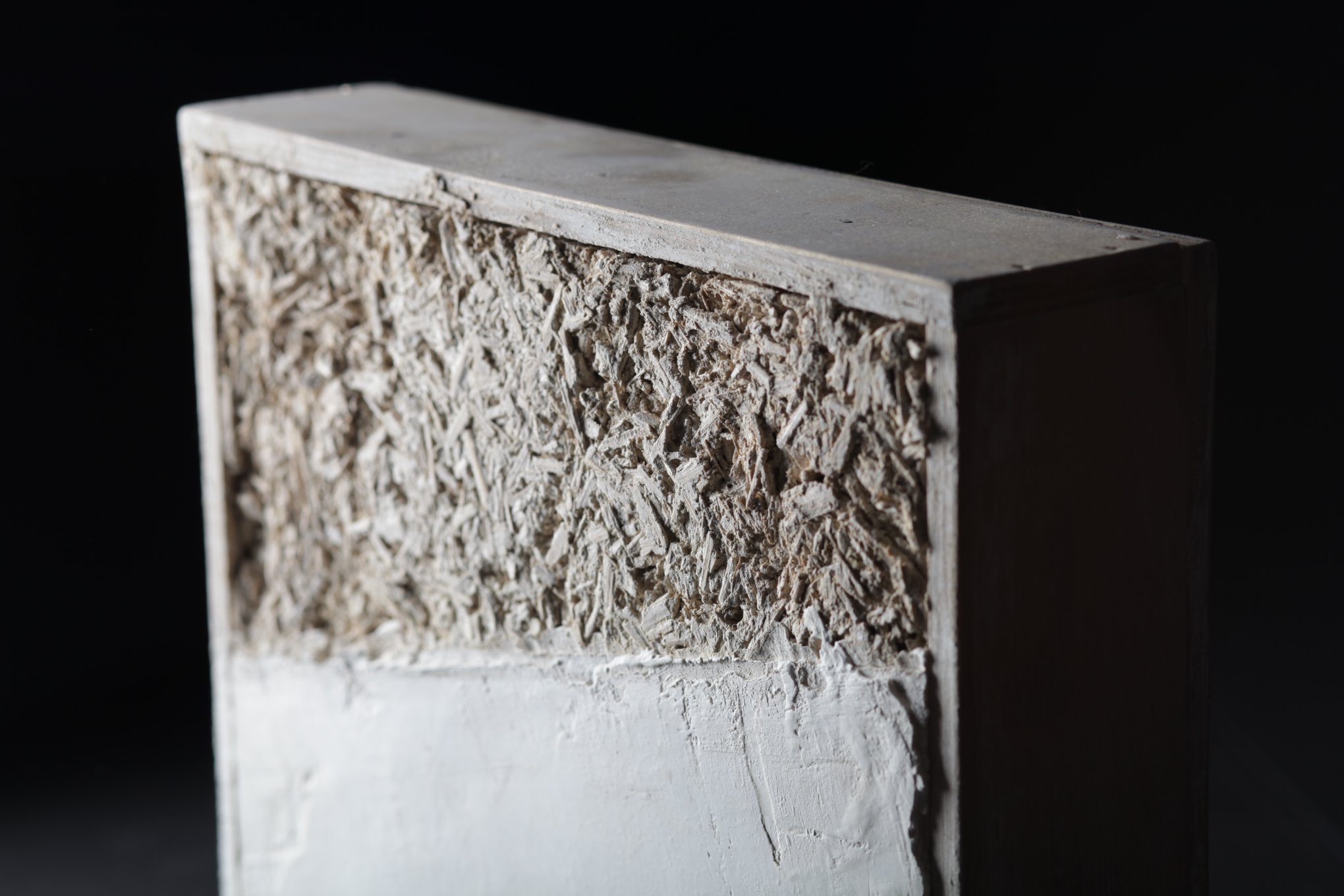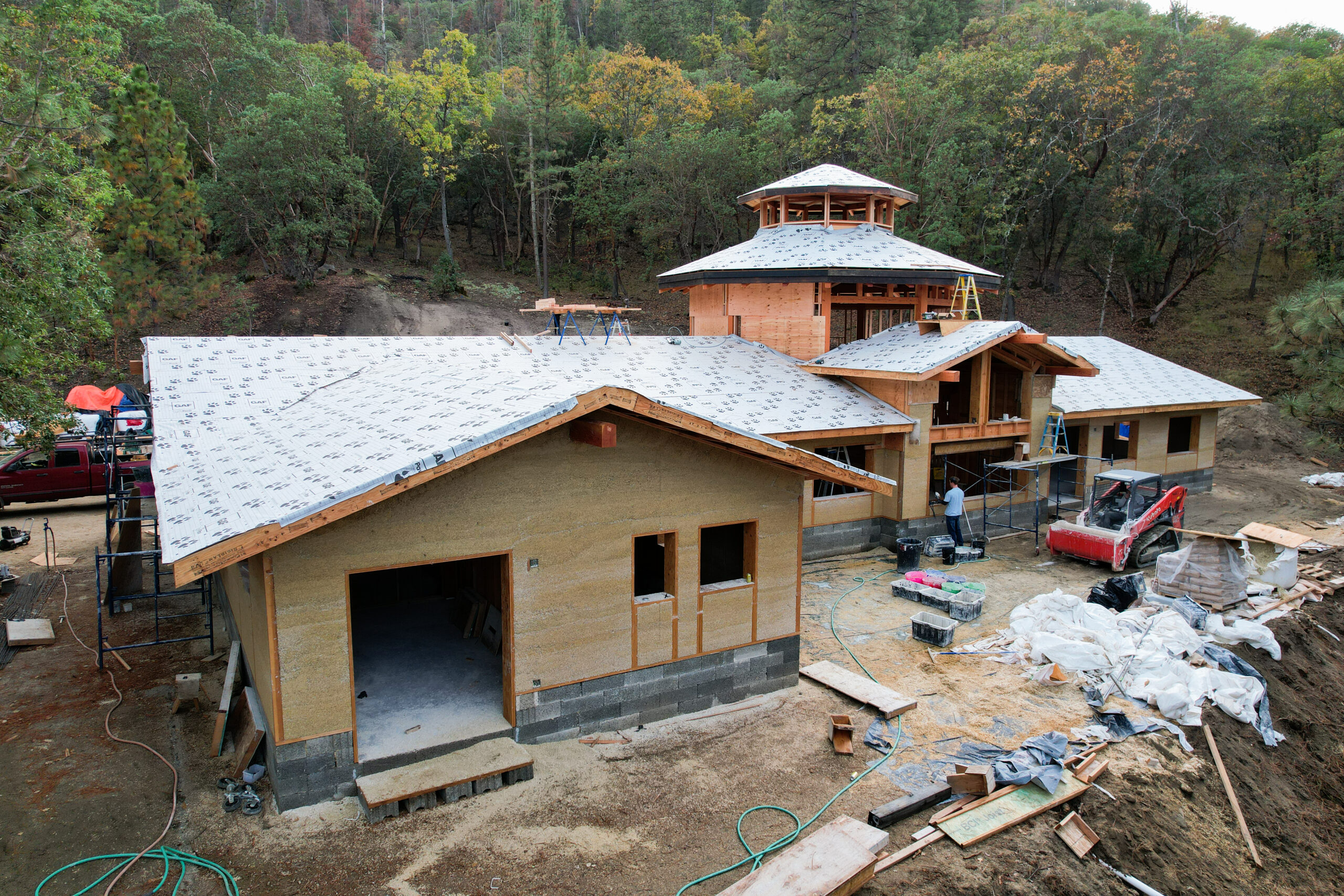by Ben Kaufman, of GreenWorks Realty
The vast majority of today’s green homes are visually indistinguishable from conventional homes. The difference is in the details. Green homes feature healthier indoor air quality, optimize energy and water efficiency, help promote a cleaner environment, and reduce our ecological footprint. Today, green homes include new construction, remodels, or even traditional homes. The vast majority of green homes are traditional stick-built homes, however, options also exist for natural building such as strawbale, rammed earth, super adobe, bamboo, insulated concrete forms, clay/straw wall systems, and structural insulated panel systems. However, some of these building styles are more prevalent in other geographic regions.
Climate Change
In October 2005, scientists came out with a detailed report that forecasted the effects that global warming would have on our region. It predicted we would experience wetter winters and drier summers. Green homes are better adapted for these expected climate changes—thus economic changes. They are also better built and designed to slow the effects of global warming through energy conservation, employing cleaner energy, and using sustainably produced materials. Green homes use far less fossil fuel and emit far less greenhouse gasses than conventional buildings.
Energy & Water Conservation
Energy and water use in green homes are made more efficient by optimizing home and garden design and using materials that conserve valuable energy and water. Energy use is reduced by insulating the walls, floors, ceilings, attic, crawlspace, and even exterior sheathing well beyond code requirements, tightening indoor air exchange rates (be sure you have a fresh air source), using compact fluorescent lightbulbs, and daylighting design. Energy use is also reduced using passive solar design, solar water heating systems, solar photovoltaics, heat pumps, insulated windows, programmable thermostats, super-efficient furnace or water heaters, and geothermal systems. Homes may reduce water use by incorporating drought-resistant landscaping, rainwater harvest systems, vegetated roof systems, rainwater gardens, low flow fixtures, dual flush toilets, on-demand hot water, pervious pavement or pavers.
Indoor Air Quality
The indoor air quality of many buildings has a much higher concentration of pollution than outdoor air. Indoor air pollution can be caused by airborne particles, mold, and chemical off-gassing. Some building materials and finishes contain toxins which may off-gas into the home environment for several years. Green homes are designed and constructed to provide a variety of health and ecological benefits, including healthier indoor air quality. This is achieved by using low-toxic building materials and finishes such as low-VOC (volatile organic compound) paint and low-toxic sealants, caulk, mortar, and adhesives, supplying whole house filtered air, limiting potential for mold growth, formaldehyde-free insulation, cabinetry, and sub-framing, bathroom and kitchen exhaust fan timers, shoe storage areas near entrances, and maximizing use of hard surfaces. By using informed design and smart materials selection, green homes can be healthier for everyone, especially for people with asthma, allergies, and chemical sensitivities.
Reduced Waste
Green homes promote a cleaner environment by reducing waste, pollution, and emission of greenhouse gases that contribute to global warming. Over one-third of all US landfill is construction and demolition waste debris. Green home builders recycle construction debris, reduce building by-products, and increase the use of local materials reducing transportation costs.
Saving Forests
A green home will shrink its ecological footprint by using sustainably harvested and recycled resources such as FSC lumber (Forest Stewardship Council) or reclaimed materials from deconstructed homes, minimizing environmental impact during site development, reduced maintenance costs through lowered utility bills and use of high-quality durable materials such as 50-year siding or 40-year roofing.
Native Landscaping
Some green homes go beyond the building itself and extend the green ecological philosophy into the landscape. Green landscape design strives to foster an ecological balance that mimics what occurs in nature. This minimizes the need for maintenance, water, herbicides or pesticides and maximizes the use of native, drought-resistant and organically grown plants, removes threats of invasive species, and uses organic soils and gardening products. Some green landscape designs reflect the important elements of a natural system with layers between trees, shrubs, ground covers, and herbaceous plants. This provides a healthy habitat for birds and other wildlife.
Many green homeowners feel their homes offer quality construction and finishes, efficient use of space, and impart a feeling of comfort, health, durability, as well as having lower monthly utility bills.
Certifications and Standards
Environmental certifications and standards are also helpful for homeowners providing guidelines to understand and qualify a green home. The National Association of Homebuilders has the National Green Building Standard. Washington State has numerous Built Green™ programs, many administered by local Master Builder Associations. Energy Star™ is administered locally by the Federal Office of Housing and Urban Development (HUD). Other locally active programs are LEED (Leadership in Environmental and Energy Design) for Homes administered by the Cascadia Chapter of the United States Green Building Council (USGBC), and American Lung Association’s Healthy Home program.
Each program has well-formed guidelines that builders must follow to receive points or credits. The Built Green programs award 1-5 stars, with homes at the 4th and 5th star level certified by third-party reviewers. LEED for Homes will award a certified, gold, or platinum rating to a home and all homes are reviewed by third-party reviewers.
The Future
The future is here with the new green home checkboxes available in the Northwest Multiple Listing Service and the RMLS in Portland. Green homes continue to push the envelope in design and savings and grow in popularity. Net-zero energy homes, a daunting challenge for our Northwest region, is around the corner, as is strengthened requirements for the Built Green checklist and revolutionary new “Living Building” standards from the Cascadia Chapter USGBC. Also, keep an eye out on ways to green up our existing housing stock using healthy home assessments to identify easy-to-fix repairs using conservation financing.
Choosing a Real Estate Agent
Choosing a real estate agent is always a highly personal decision. Whether to buy or sell your home you want to choose an agent with whom you feel comfortable. You may be spending a good deal of time with this person. Look for someone who shares your values. Seek someone who is knowledgeable about the market, trends, neighborhoods and home types you are seeking. A strong agent will be a good listener, adaptive and responsive to your needs. He or she will put your needs and goals above their own financial gains and will diligently represent you in negotiations. Many agents are active in their communities through service or philanthropy. Make a list of qualities that are most important to you and it will be easier for you to find the right fit.
Searching for green homes has an added layer of complexity due to the variety of choices available to homebuyers. For example, as a homebuyer, you may not be familiar with on-demand hot water systems or the difference between a radiant wall-mounted heating panel versus an in-wall radiant blower. A well-versed green agent will point out the difference in similar features and advise on their advantages and benefits. With so many builders marketing their homes as green, a knowledgeable agent who knows green is your best defense against greenwashing and can help their clients find a home that best matches their values and meets their needs.



